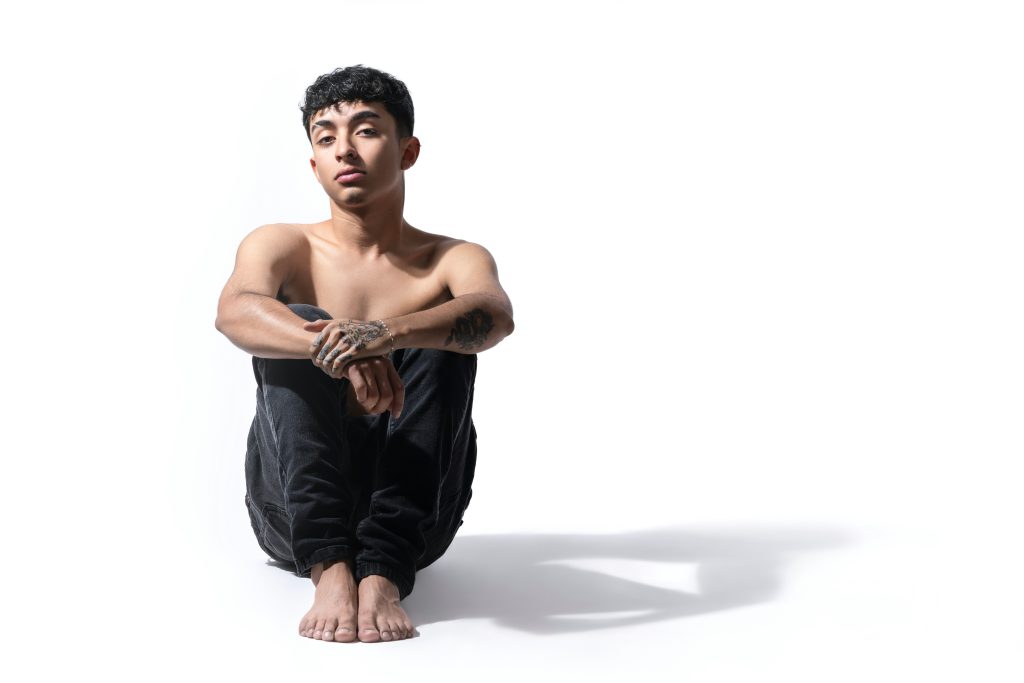Artistic Swimming at Paris 2024: A New Era Begins with Male Athletes
As the world gears up for the much-anticipated 2024 Paris Olympics, artistic swimming is set to make a significant leap forward, welcoming male athletes into the competition for the first time. This groundbreaking development not only adds a fresh dynamic to the sport, but it also signals a shift in how artistic swimming is perceived globally. Historically known as synchronized swimming, this captivating sport has evolved dramatically since its Olympic debut at the 1984 Summer Games in Los Angeles.
The journey to Paris 2024 has been a remarkable one for many athletes. Take, for instance, the inspiring story of Shortman and Thorpe, who have transformed their performances since finishing 14th at the Tokyo 2020 Olympics. With relentless dedication and rigorous training, they are now setting their sights on securing a podium finish in Paris. This evolution reflects not just personal growth, but also the changing landscape of artistic swimming as it embraces inclusivity and diversity.
Artistic swimming is a unique blend of acrobatics, choreography, and music, demanding peak physical conditioning, grace, and creativity from its competitors. As Daniella Ramirez highlights, the skills required for elite artistic swimmers extend beyond mere athleticism. The intense training regimens and the artistic expression involved are pivotal for athletes aiming for Olympic gold. With the introduction of male competitors, teams are now challenged to innovate their routines, incorporating elements that showcase both strength and artistry.
The inclusion of men in artistic swimming is a significant milestone for the sport. While some may wonder about the absence of male competitors in the team events at Paris 2024, the potential for future participation remains bright. Organizations are working diligently to promote and encourage male athletes to join the ranks, ensuring that the sport continues to evolve alongside societal changes.
As the artistic swimming community prepares for the upcoming games, there is a palpable excitement in the air. Teams are not only focused on perfecting their routines but also on redefining the narratives surrounding artistic swimming. The sport is no longer confined to traditional gender roles; it is transforming into a more inclusive space that celebrates the talents of all athletes, regardless of gender.
With the Paris 2024 Olympics just around the corner, fans can look forward to witnessing breathtaking performances that blur the lines between sport and artistry. Each routine will tell a story, a reflection of the athletes’ hard work, perseverance, and the evolving nature of artistic swimming. As the competition approaches, anticipation builds for what promises to be a historic event that could reshape the future of the sport for generations to come.
Tags: artistic swimming, Artistic swimming Olympics, Diversity, Inclusion, Male Athletes, Olympics 2024
Artistic Swimming Set to Make Waves at Paris 2024 with Historic Changes
As the world gears up for the Paris 2024 Olympics, artistic swimming is poised to make headlines with significant changes that reflect the evolving nature of the sport. Formerly known as synchronized swimming, this discipline will feature male athletes for the first time in Olympic history, marking a monumental shift in its traditional gender dynamics.
Athletes like Shortman and Thorpe, who finished 14th at the Tokyo 2020 Games, have set their sights on standing atop the podium in Paris. Their journey from Tokyo to Paris exemplifies the dedication and resilience required to compete at the highest level in artistic swimming. With rigorous training schedules that demand both physical and artistic prowess, these athletes are pushing the boundaries of what is possible in the water.
Artistic swimming made its Olympic debut at the 1984 Summer Games in Los Angeles, captivating audiences with its blend of acrobatics and synchronized movements set to music. Over the years, the sport has evolved, with athletes incorporating complex elements and choreography into their routines. The introduction of male competitors in the team events is a significant development, challenging the conventional view of the sport and encouraging a more inclusive environment.
Preparations for the Paris Games are in full swing, with teams innovating their routines to include the new scoring criteria and elements that will be judged at the Olympics. The excitement surrounding this evolution has ignited a new wave of interest among fans and aspiring athletes alike. In interviews, elite artistic swimmers have shared insights into the intense training regimens that require not just strength and endurance, but also creativity and artistry.
The competition at the Paris 2024 Olympics promises to showcase not only the athleticism of the participants but also the artistic expression that sets this sport apart. The inclusion of male athletes is expected to elevate the competition, as teams will now be able to leverage a broader range of skills and dynamics in their performances.
As the countdown to the Paris Games continues, artistic swimming is not just preparing to compete; it is preparing to redefine itself. The narrative surrounding this sport is shifting, and with it, the potential for greater visibility and recognition on the global stage. Athletes, coaches, and fans alike are excited about what this new era in artistic swimming will bring.
In conclusion, the upcoming Olympics will not only be a test of skill but also a celebration of diversity and inclusion in sports. The artistic swimming events in Paris will undoubtedly be a highlight, showcasing the beauty and complexity of this discipline as it embraces change and innovation.
Tags: artistic swimming, Artistic swimming Olympics, male competitors, Olympics, Paris 2024
Artistic Swimming: A New Era Awaits the Olympics
As the world eagerly anticipates the upcoming Olympic Games, one sport is making waves with its transformation and evolution: artistic swimming. Formerly known as synchronized swimming, this aquatic discipline has undergone a rebranding, embracing a new name that reflects its artistic essence and athletic rigor. The shift to ‘artistic swimming’ signifies not just a change in terminology, but a broader transformation within the sport itself. Athletes are now showcasing their strength and versatility through more muscular performances and daring maneuvers that push the boundaries of traditional expectations. This evolution is evident in the increasingly complex routines that combine elements of dance, gymnastics, and swimming, demanding exceptional physical prowess and artistic expression from competitors. Additionally, the upcoming Paris Olympics will mark a historic moment for artistic swimming as it opens its doors to male athletes for the first time in the team events. This inclusion is a significant step toward gender equality in sports, yet it raises questions about participation, as no male competitors have signed up for the inaugural event. The absence of male athletes has sparked discussions within the community about the perception of artistic swimming and the cultural barriers that may discourage male participation. Advocates for the sport are optimistic that the introduction of male competitors will enrich the competition, introducing new dynamics and perspectives that enhance the overall experience for audiences. The evolution of artistic swimming also brings to light the challenges of maintaining its identity amidst the pressures of modernization and the need to attract a wider audience. As the sport continues to grow and evolve, it faces the task of balancing tradition with innovation, ensuring that its rich history is honored while also meeting the demands of contemporary viewers. With these changes, artistic swimming is poised to captivate audiences at the Olympics, showcasing not only the grace and beauty inherent in the sport but also the incredible athleticism and creativity that modern competitors bring to the pool. As we look forward to the Paris Games, the excitement surrounding artistic swimming is palpable, and the world will be watching as athletes dive into this new era.
Tags: artistic swimming, Artistic swimming Olympics, athleticism, gender equality, male participation, Olympics


